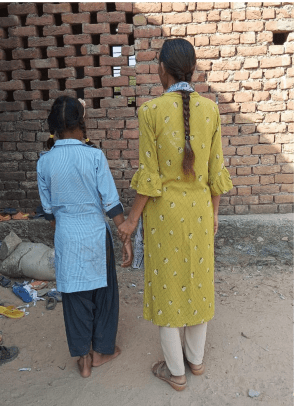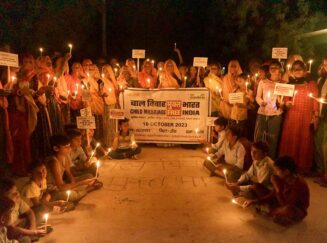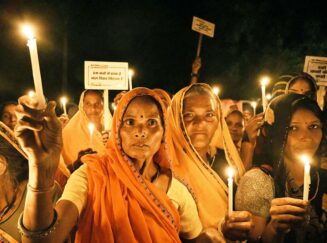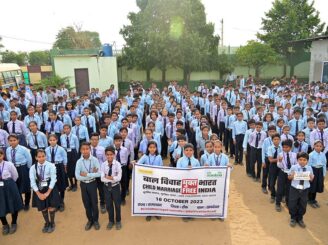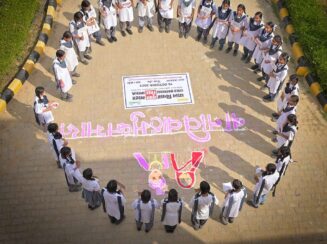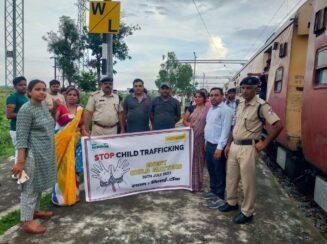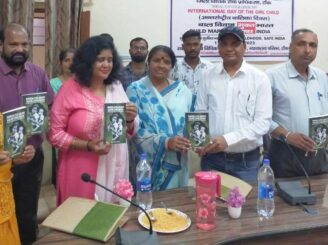Access to Justice


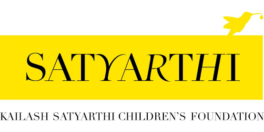
Project Brief
CECOEDECON, in collaboration with the Kailash Satyarthi Children's Foundation, is actively engaged in the 'Access to Justice' project in Tonk
district, Rajasthan, as of May 2023. Operating across 150 villages of Niwai and Malpura Block of Tonk District, the initiative aims to combat child marriage, child labor, child trafficking, and child sexual abuse. The primary objective is to make Tonk district a child marriage-free district and safeguard the rights of children. By implementing targeted interventions, awareness campaigns, and community engagement, legal and other support the project seeks to create a protective environment that ensures the well- being and rights of every child. Through strategic partnerships and a holistic approach, CECOEDECON and the Kailash Satyarthi Children's Foundation are working towards building a future where children in Tonk district can grow and thrive free from the shackles of exploitation and abuse
Background
Child marriage is not just an age-old social evil, but also a heinous crime that robs children of their childhood. Child marriage is a “crime against children” that violates basic human rights, minor girls are forced to marry and live a life of mental trauma, physical and biological stress, domestic violence including limited access to education and increased vulnerability to domestic violence.
The consequences of child marriage are severe and extensive. Some of the specific consequences include: early pregnancies leading to complications and higher rate of maternal mortality and death of infants, malnutrition among both the infant and the mother, increased vulnerability to reproductive health, disruption in girl’s education and thereby reduction in opportunities of her personal and professional development, domestic violence and abuse, limited decision-making powers in the household, and mental health issues.
India’s Census 2011 revealed 12 million children were married before attaining the legal age, of which 5.2 million were girls. Globally, child marriage is identified as a crime and a menace that needs to be eliminated. It finds space in the UN Sustainable Development Goals, under target 5.3 of Goal 5 that states elimination of all harmful practices, such as child, early and forced marriage and female genital mutilation by 2025.
The latest National Family Health Survey (2019-21) shows that although there is a drop in the overall rate of child marriages, from 26.8% in the National Family Health Survey (NFHS 4) to 23.3% in NFHS-5, it is still high despite laws, programmes and schemes in place to address the issue.
The Project Activities included:
1- CECOEDECON’s ‘Access to Justice’ project in Tonk district prioritizes eradicating child labor, child marriage, sexual abuse, and trafficking. The initiative focuses on spreading awareness across diverse groups, including individuals, families, Anganwari workers, Adolescent and Ajeevika Group members, grassroots organizations, school teachers, and students. By engaging these stakeholders, CECOEDECON aims to create a comprehensive understanding of the issues and foster a collective commitment to eliminate these grave concerns. Through targeted awareness campaigns, the project seeks to empower communities and build a protective environment for children, ensuring their rights are upheld and safeguarded.
2- In both June and November, CECOEDECON led impactful Action Months aimed at rescuing child laborers across various occupations in Tonk district. The initiative, striving for a Child Labour-Free Tonk, resulted in the successful rescue of 41 children from different identified places shops and dhabas. Collaborating with AHTU, the Labour department, and Childline, 16 FIRs were registered, leading to the presentation of children before CWC and subsequent placement in homes. The campaign garnered extensive coverage with a newspaper outreach of 12,000 and an online reach of 7,000, emphasizing the project’s commitment to addressing child labor through strategic partnerships and widespread awareness.
3- On October 16, 2023, the ‘Child Marriage Free India Campaign’ orchestrated a mega-national event, garnering attention and awareness across 150 villages. In collaboration with various stakeholders and line departments, including ICDS, woman leaders, adolescent girl groups,
community members, school teachers, and government officials, the campaign featured impactful elements such as Candlelight and Torch Fire Rallies, Prabhat Ferri in all villages, Signature Campaigns from Gram Panchayat to District Level, and the release of the book Written by Bhuvan Ribhu “When Children have Children” by Dr. Rubina Parveen Ansari DLSA Secretary tonk. The extensive initiative underscored the commitment to combat child marriage through multifaceted engagement and community involvement.
4- Community awareness elimination of child labour, child marriage , child sexual abuse, child trafficking by Jagrukta Rath
5- Engaging Nukkad Nataks and Puppet Shows were conducted in all 150 villages, serving as powerful tools to raise community awareness on eradicating child labor, child marriage, sexual abuse, and trafficking. These dynamic and culturally resonant performances aimed to educate and mobilize communities, fostering a collective commitment to eliminate these grave issues affecting children’s well-being.
6- Identification of child labour and children out of school done for admission in school.
7- Parents are required to submit an undertaking, pledging not to marry their daughters before the age of 18 and sons before 21. This commitment serves as a crucial step in preventing underage marriages, aligning with efforts to safeguard the rights and well-being of children. By obtaining this undertaking, a proactive stance is taken to promote legal age-appropriate marriages, fostering an environment that prioritizes the welfare and development of young individuals.
8-Every Mukhiya and Sarpanch has pledged and signed to establish Child Marriage Free Panchayats, demonstrating a unified commitment to eradicate underage marriages and prioritize the well-being of the youth.
9- Child Protection Committees (CPC) are established at District, Block, Panchayat, and Ward levels, with a focus on safeguarding children’s rights. These committees underwent capacity-building initiatives to enhance their effectiveness in addressing and preventing issues related to child protection within their respective jurisdictions.
10- Wall writings and hoardings advocating “Child Marriage Free India” adorn significant locations like schools, Panchayat Bhawans, water tanks, temples, and mosques. This strategic placement aims to instigate awareness and community engagement, emphasizing the collective commitment to eradicate child marriages and ensure a future where every child can thrive and fulfill their potential.
Child Marriage Free India Campaign
Understanding the seriousness of the issue, the Hon'ble Supreme Court of India in W.P. Civil 382 of 2013 pronounced that the sexual intercourse committed by the husband upon his wife being under the age of 18 years with or without her consent can be constituted as rape. To address this, the most definitive and audacious commitment to end child marriage was made with the launch of Child Marriage Free India campaign.
Child Marriage Free India (CMFI) is a nationwide campaign led by women leaders and a coalition of more than 160 NGOs spanning more than 300 districts working to eliminate child marriage in India. CMFI is working to attain the tipping point of child marriage, after which the society does not accept this evil practice and that will happen when the prevalence of child marriage is brought down to 5.5% by 2030, from the current national prevalence rate of 23.3%. This is being done by initially targeting 257 high-prevalence districts and gradually focusing on all the districts of the country.
Child marriage results in child rape, resulting in child pregnancy, and in a large number of cases, may lead to child deaths. For decades, we have been losing generations of our children to child marriage. The Child Marriage Free India campaign has received extended support from various
Departments and Institutions of over 28 States. So far, across India more than 5 crore people have taken the pledge to end child marriage over the last one year through the efforts of the Child Marriage Free India Campaign.
Know more about the Child Marriage Free India (CMFI) Campaign: https://www.childmarriagefreeindia.org/
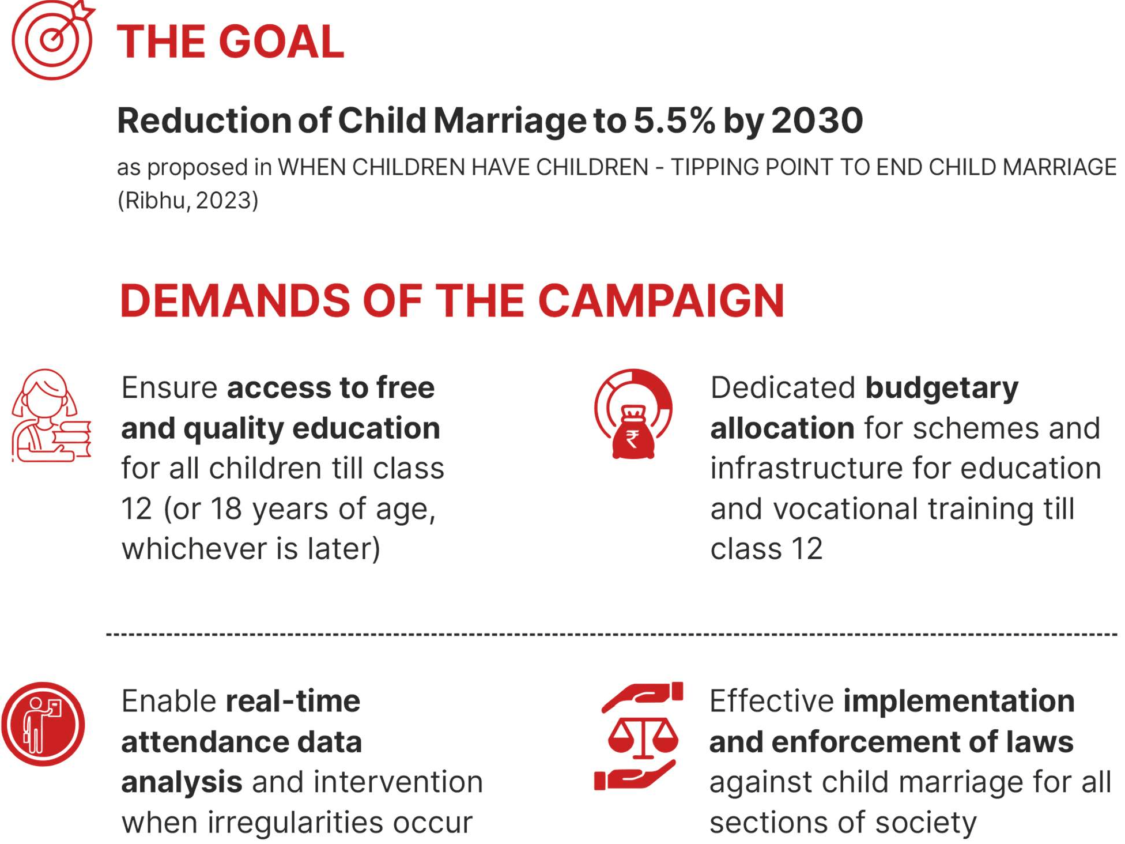
The Way Forward: PICKET Strategy to End Child Marriage Addressing the issue of child marriage, requires a comprehensive and coordinated approach of different government departments, institutions, statutory bodies, and civil society organizations.
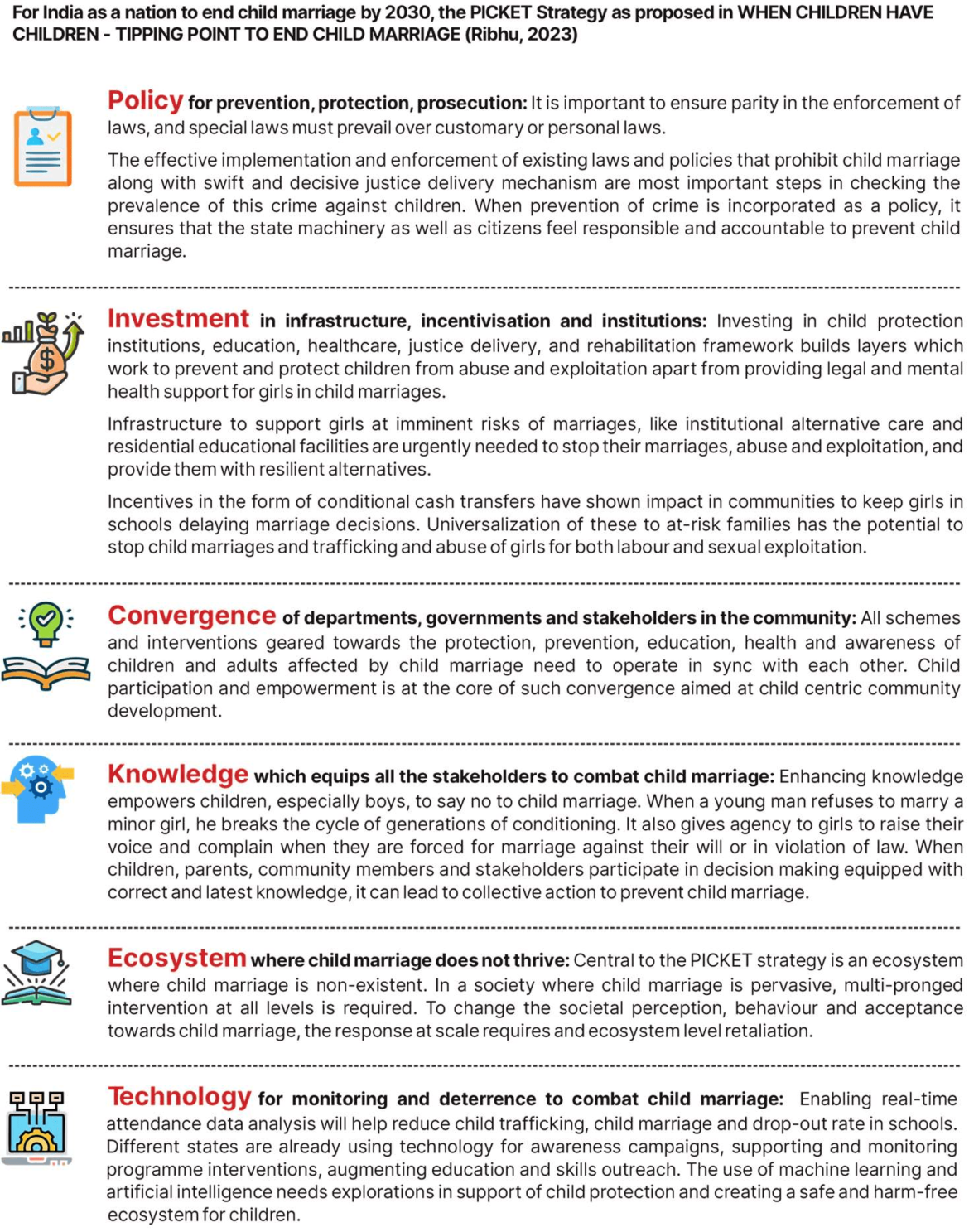
Tipping Point to end child marriage
WHEN CHILDREN HAVE CHILDREN - TIPPING POINT TO END CHILD MARRIAGE
Book authored by Mr Bhuwan Ribhu is an action plan to eliminate child marriage in India by 2030. It looks at the existing data on child marriage and lists 257 districts in India where the issue of child marriage is worst, which means where the occurrence of this evil practice is highest as compared to national numbers.
Tipping Point is the threshold required in an ecosystem needed to tilt the scale of the problem towards a point of no-return. The Tipping Point of Child Marriage is the critical point after which the society does not accept child marriage.
Tipping Point Methodology
The aim of reduction of 60 percent of child marriage is assumed to bring down the incidence of child marriage to 5.5 percent in the next nine years from 2021, from the last available estimates i.e., NFHS-5, till 2030. An additional assumption is that such a focused and elaborate intervention against child marriage would have a ripple effect.
In order to reach the Tipping Point, the Author proposes strategy at national and district level.
National Level strategy where Governments, Institutions, statutory bodies, etc. work towards prevention, protection, increased investment, improved prosecution, convergence and use of technology for monitoring
District Level strategy is similar to national level strategy but includes district administration, Panchayats, civil society, NGOs, other functionaries, parents and children who work collectively to prevent, report, and take action against child marriage
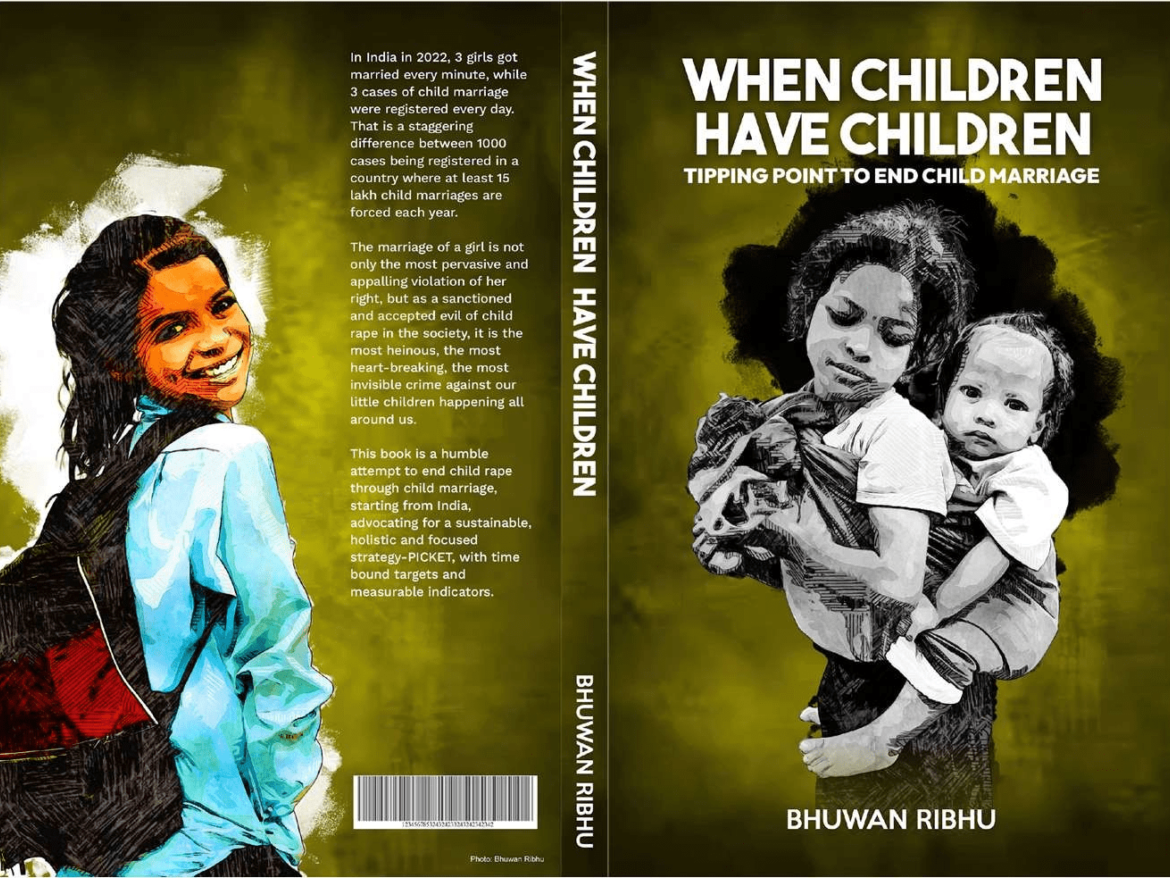
Case Study
An effort to prevent child marriages
Place - Tonk, Rajasthan
Name - Komal and Anjali (Name Changed in picture) Age - 11 years
Social worker name: Saroj
Komal Gurjar, an 11-year-old girl from a humble background, was unaware of the concept of marriage. Her family was uneducated and bound by rigid social traditions. They believed they were financially weak and felt that they needed to relieve themselves of the responsibility of raising her. Komal's family had no understanding of the importance of girls’ education and healthcare.
In this case, the term "marriage" was foreign to Komal, and her family's perspective was primarily driven by economic concerns rather than the well-being of their child. They were unable to grasp the significance of providing her with education and healthcare. The family made the decision to marry Komal Gurjar. By chance, social worker Mrs. Saroj, associated with the CECOEDECON Organization, was in the village Chavandiya, Malpura for work on the project Access To Justice. According to the daily work plan, she was there for community outreach with local women. During that time, some women started discussing the marriage of Komal Gurjar, who was much younger than 18 years. Social worker Mrs. Saroj overheard the conversation about child marriage and was deeply concerned. She couldn't fathom how Komal, at such a young age, was being married off by her parents. Mrs. Saroj resolved to do whatever it took to stop this marriage.
The very next day, Mrs. Saroj reached the school to meet the young girl, Komal Gurjar. Komal was a third-grade student. When she attempted to inquire about the context of the impending marriage, Komal remained silent. After persistent efforts, Komal finally opened up and revealed her family situation. She explained that she was 11 years old, and her younger sister, Anjali, who was around 8 years old, was also being pushed into marriage.
This revelation shocked Mrs. Saroj, a social worker, who realized the gravity of the situation. It became evident that the family was not only marrying off Komal but also planning the same fate for Anjali. This case highlighted the urgent need for intervention and awareness about child marriage, not only for Komal but for her sister Anjali and other girls facing a similar fate.
After speaking with Komal Gurjar, social worker Mrs. Saroj attempted to seek support from influential individuals in the village to prevent the child marriage. However, she found that neither the community nor any authorities were interested in opposing the practice of child marriage. Just one day before the scheduled marriage, Mrs. Saroj observed that
the police were going to the quarry workers for night monitoring. She immediately informed the Village Child Council official, Sugna, that the police were visiting the laborers. It was anticipated that they would return in about an hour, prompting a wait. When the police returned, Mrs. Saroj and Sugna stopped them and informed them about Komal's impending child marriage. They explained that the marriage of two girls was scheduled for the next day, and it needed to be stopped. The police responded that they didn't have any evidenceat the moment but instructed them to inform the police once the marriage began.
The following day, on May 11, the wedding procession arrived. Mrs. Saroj and the Village Child Council member immediately called the police station and reported the situation. The police swiftly arrived at the scene and took legal action, preventing the marriage from taking place. Saroj and the Village Child Council decided to keep their identities anonymous, but suspicions arose within the girl's family and the community. The girl's family and some members of the community began opposing Saroj's efforts, creating pressure on her.
Even now, Saroj is fearful of potential unforeseen incidents and rarely leaves her house alone in the evening. She believes she has made progress in combating societal wrongs but remains cautious.
